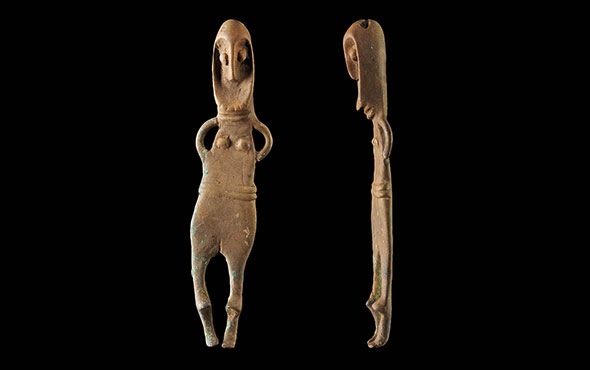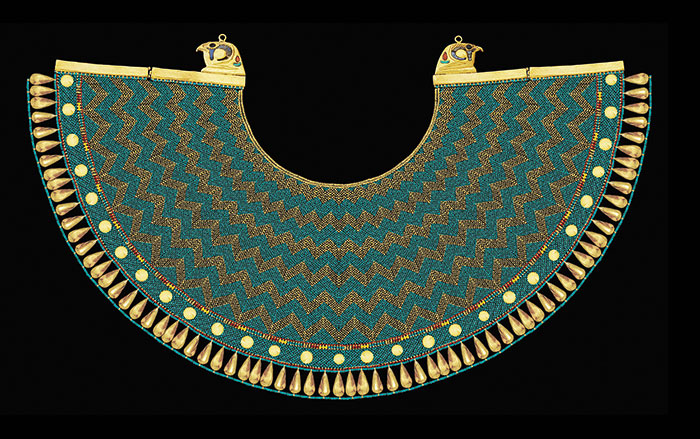
LIVERPOOL, ENGLAND—A study of charred plant remains dating to as far back as 70,000 years ago has revealed how Paleolithic people prepared foods to make them more palatable, according to a Haaretz report. A team of researchers led by University of Liverpool archaeologist Ceren Kabukcu used a scanning electron microscope to analyze plant fragments processed by Neanderthals between 70,000 and 40,000 years ago in Shanidar Cave, which is located in the northwestern Zagros Mountains of Iraq, as well as plants cooked by humans around 12,000 years ago in Greece's Franchthi Cave. They found that both Neanderthals and early modern humans made foods that contained multiple ingredients, primarily pulses, such as lentils, as well as nuts and grasses. “The evidence from one fragment supports this idea that Neanderthals, much like the later Homo sapiens (early modern humans), were cooking plants," Kabukcu says. "Our evidence is also supported by previous studies that were done on plant starches trapped in the tartar preserved on Neanderthal teeth found in burials from the same [Shanidar] site." Both groups prepared their foods by soaking, pounding, and grinding the plants, many of which were naturally bitter due to the alkaloids and tannins in seed coats. Such techniques would have reduced, but not eliminated, the bitter taste, Kabukcu says. Read the original scholarly article about this research in Antiquity. To read about 31,000-year-old cooked snail shells uncovered in southwestern Spain, go to "Paleo-escargot."











